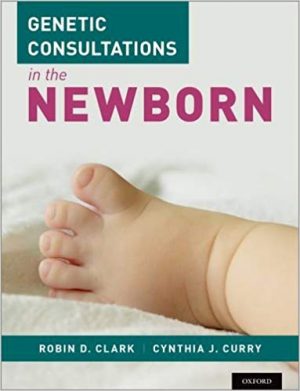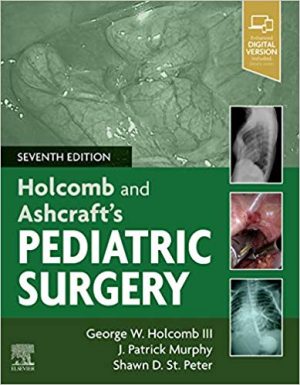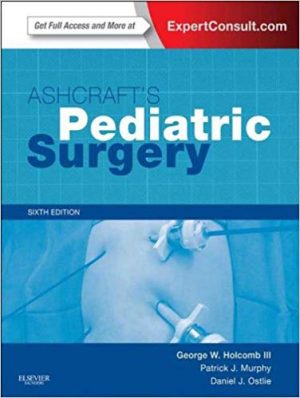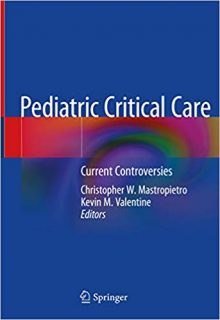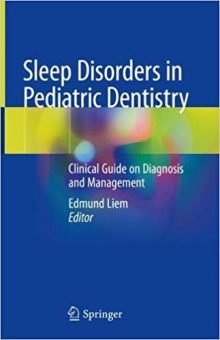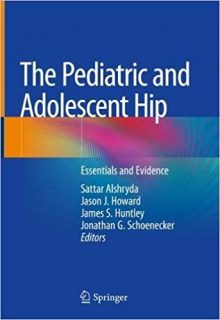Management of the Difficult Pediatric Airway 1st Edition
Management of the Difficult Pediatric Airway 1st Edition
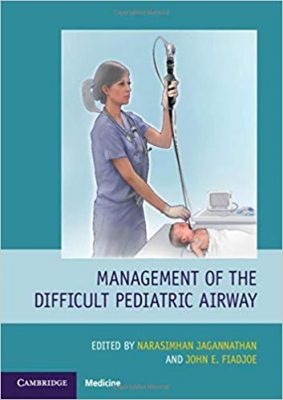
Management of the Difficult Pediatric Airway 1st Edition
Complications during airway management occur frequently when treating children. Although tracheal intubation is a routine procedure, there are no pediatric texts dedicated to this essential practice. The lack of specific resources and knowledge makes treating children with complex airways even more challenging. This landmark book is dedicated to the successful management of the complex pediatric airway. It explores and evaluates current research and covers novel topics such as airway ultrasonography and apneic oxygenation. It delineates the risks associated with intubating children, and their preventative measures. Aimed at clinicians involved in airway management in any form, this book covers the basics of airway management and how to perform a variety of essential techniques. Both occasional and exclusive pediatric clinicians will find this a valuable resource to support best practice. The book is supplemented by additional videos online, enhancing the demonstration of devices and techniques discussed in the text.
DOWNLOAD THIS BOOK
FOR MORE BOOKS VISIT EDOWNLOADS.ME

